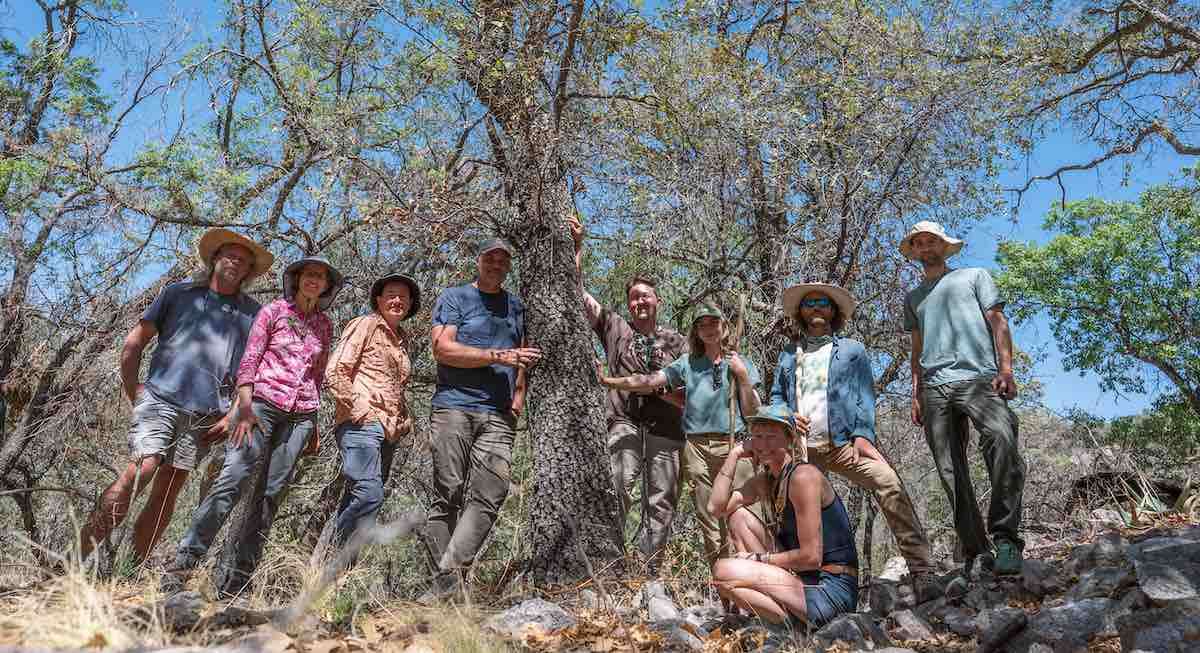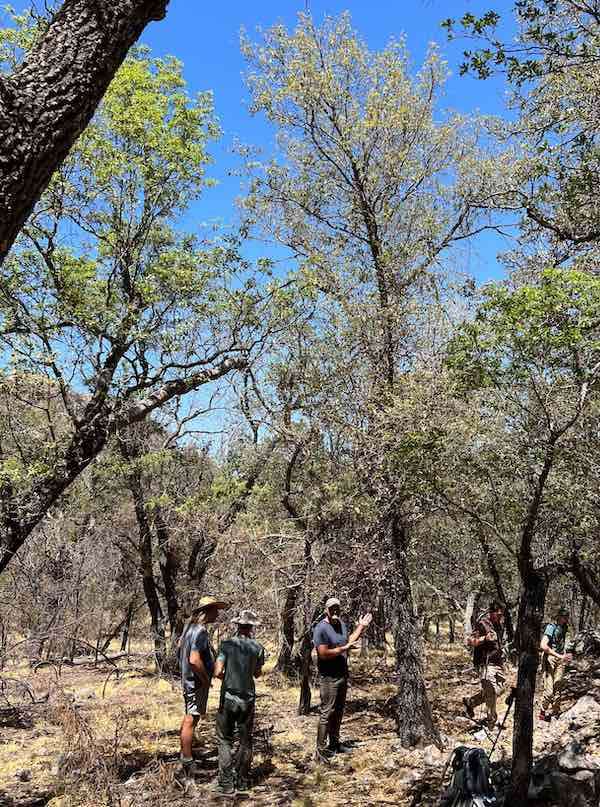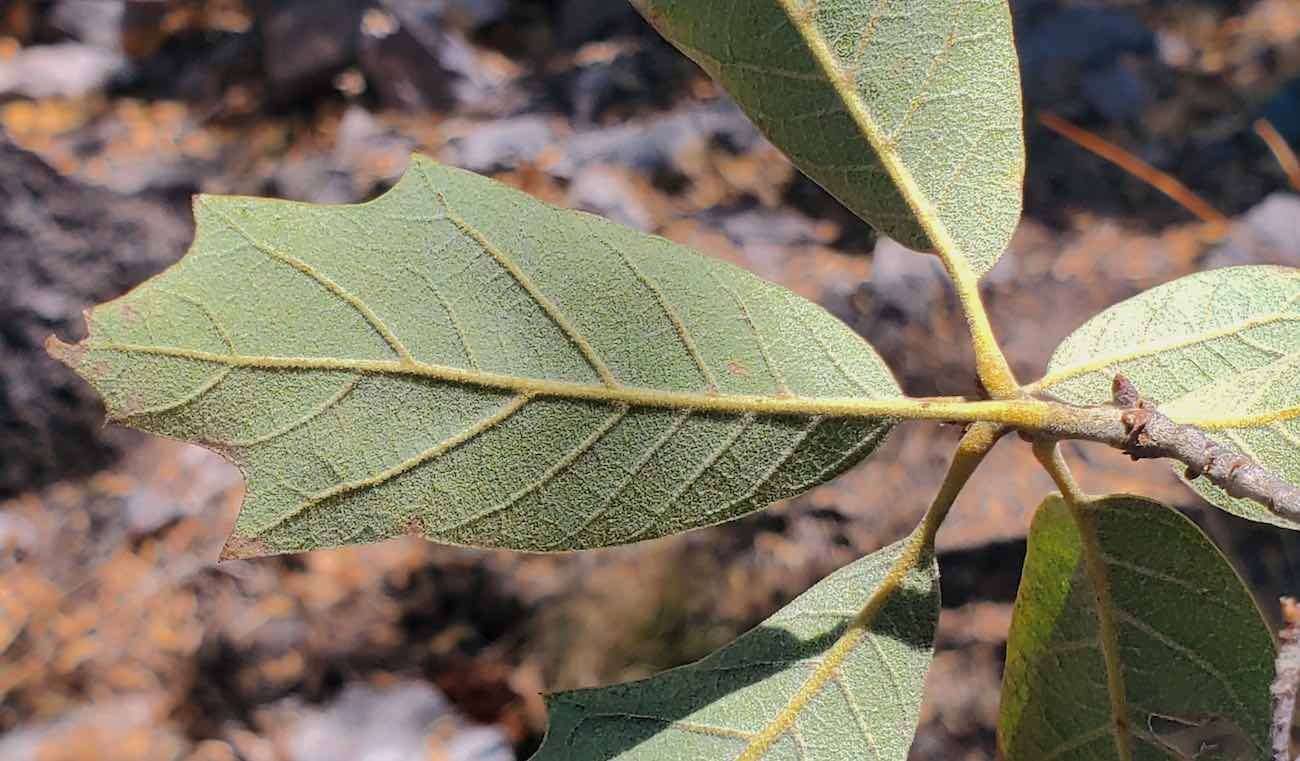Paramedics With Jet Packs Can Fly Where Ambulances and Helicopters Can't Go - WATCH
Gravity Industries has been training paramedics to use their Jet Suit for the remote emergencies of the Great North Air Ambulance Service.

In Big Bend National Park in Texas, a coalition of 10 institutions have discovered an oak tree once thought to be extinct.
Botanical researchers were thrilled to find a lone Quercus tardifolia tree standing about 30 feet tall, though in poor condition.
First described in the 1930s, the last living specimen was believed to have perished in 2011.
Murphy Westwood of The Morton Arboretum says Q. tardifolia is considered one of the rarest-if not the rarest-oak in the world.
The team that made the discovery on May 25 found the trunk scarred by fire with signs of fungal infection. The group is now working with the National Park Service to reduce the immediate wildfire threat to the tree, and their conservationists are moving quickly to return to search for acorns and to attempt propagation, the process of breeding specimens from a parent plant.
"The Chisos Mountains support a high diversity of oak species, partly because of the wide range of habitats available in this 'sky island'," said Carolyn Whiting, a botanist at Big Bend National Park. "There is still much to learn about the oaks in the Chisos."
"The United States Botanic Garden is thrilled about the success of this partnership and collecting trip that rediscovered such a rare oak," said Susan Pell, acting executive director of the agency that funded and collaborated on the project. "This discovery is just the beginning of the conservation work we are doing to better understand and conserve threatened trees."

Oaks tend to hybridize, or crossbreed, which may allow them to adapt more quickly to changing climate conditions such as extreme heat and new diseases. This frequent hybridization can also blur the genetic lines between oak species in a given ecosystem like Big Bend.
According to Andrew Hipp, the Morton Arboretum senior scientist whose team will be conducting the genetic analysis, "This is an interesting problem. We're looking into whether this tree is genetically similar to other trees that have been previously collected as Q. tardifolia. That should tell us whether this collection is the same as what Cornelius H. Muller named Q. tardifolia. It should also tell us whether this collection of specimens is genetically distinct enough from other closely related oaks in the area to warrant recognition as a species."
Regardless of classification, Hipp noted that it is important to preserve more than individual species, but rather all the genetic variation in life.
"Species are genetically distinct populations that we can generally recognize in the field," he said. "But they aren't the be-all and end-all of conservation. We also aim to protect the functional variation within species. Leaf forms, physiological responses to drought and fire and even tree longevity are all attributes that can be shared among populations and among species by gene flow."

"The functional variation that these new collections represent may be just what is needed to help oaks of the region adapt to environmental changes in the near or distant future."
Oaks are exceptional among tree species in that their acorns cannot be traditionally seed banked for conservation purposes. According to the researchers, they must be preserved in the wild or in living collections, which is why the involvement of botanical gardens is critical. The researchers who found the Q. tardifolia tree are concerned that it is not producing acorns. Other methods of propagation, including grafting, are being pursued to preserve the oak's future.
"It is incumbent upon us to learn from it and protect it while we still can, in order to inform future conservation efforts," said Wesley Knapp, chief botanist at NatureServe, who participated in the expedition. "Nature rarely hands us a second chance, and I doubt we'll get a third. We won't waste it."
PLANT an Acorn of Good News for Friends on Social Media…
Be the first to comment